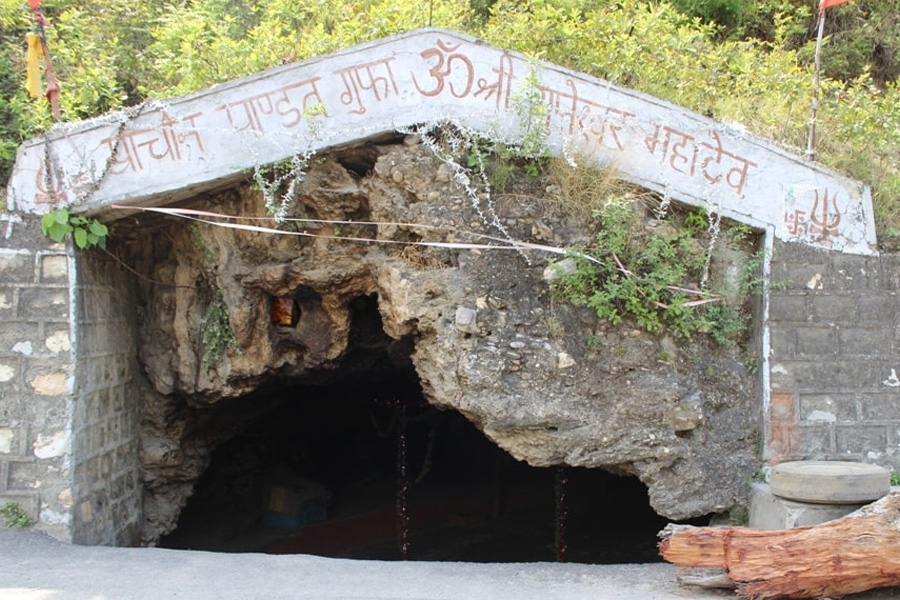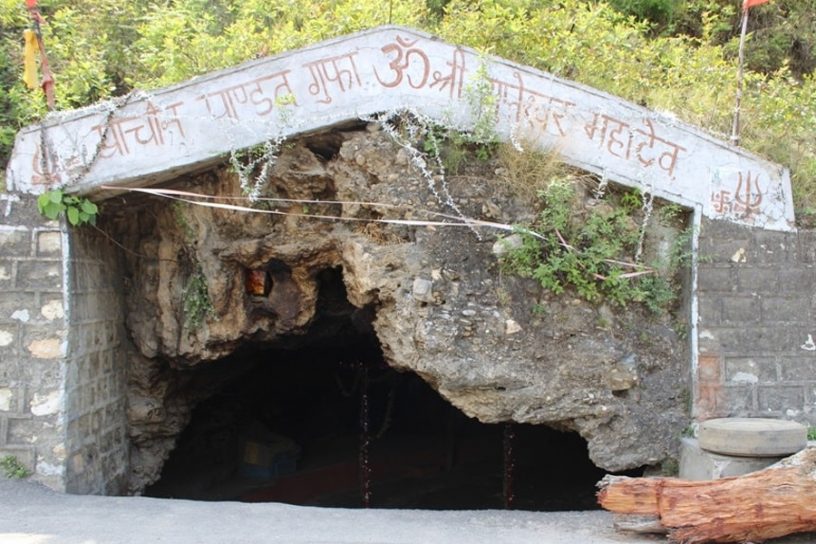
Throughout history, the Lakhamandal valley has been located near a pilgrimage route famously known for its cultural and historical significance reflected in many historical texts of the Indian subcontinent.
Authors
Rahul Devrani, Assistant Professor, Jindal School of Environment and Sustainability, O.P. Jindal Global University, Sonipat, Haryana, India; Delhi School of Climate & Sustainability, Institution of Eminence, University of Delhi, Delhi, 110007, India.
Rohit Kumar, Discipline of Geology, School of Sciences, Indira Gandhi National Open University, New Delhi, India.
Som Dutt, Wadia Institute of Himalayan Geology, 33 GMS. Road, Dehradun, 248001, India; Academy of Scientific and Innovative Research (AcSIR), Ghaziabad, India.
Rongsenzulu Jamir, Delhi School of Public Policy and Governance, Institution of Eminence, Delhi University, New Delhi, India.
Summary
The Himalayan orogeny is among the youngest mountain belts on the earth’s surface. The dynamic landscape of the Himalaya accommodates plentiful eminent geological–geomorphological–heritage sites. The present study assesses a hermit cave system at Lakhamandal valley, located in the Yamuna River basin, Northwest Himalaya.
The valley is filled with valley-fill deposits, including a hermit cave complex excavated by sages and local people of the valley. This hermit cave complex is extended between the different terrace levels, one or/and two-story structures carved in the quaternary sediments with a slight opening.
Throughout history, the Lakhamandal valley has been located near a pilgrimage route famously known for its cultural and historical significance reflected in many historical texts of the Indian subcontinent. In the last few decades, the growing infrastructure in the valley has drawn local and international tourists leading to multiple unorganised excavations of the hermit caves in the region.
To recognise such a remarkable geological and historical feature, we introduce the Lakhamandal valley hermit cave complex geosite with a preliminary assessment with SWOT analysis augmenting with urgent concerns and recommendations further aiming at its validation for a geoheritage site.
Published in: Geoheritage
To read the full article, please click here.


